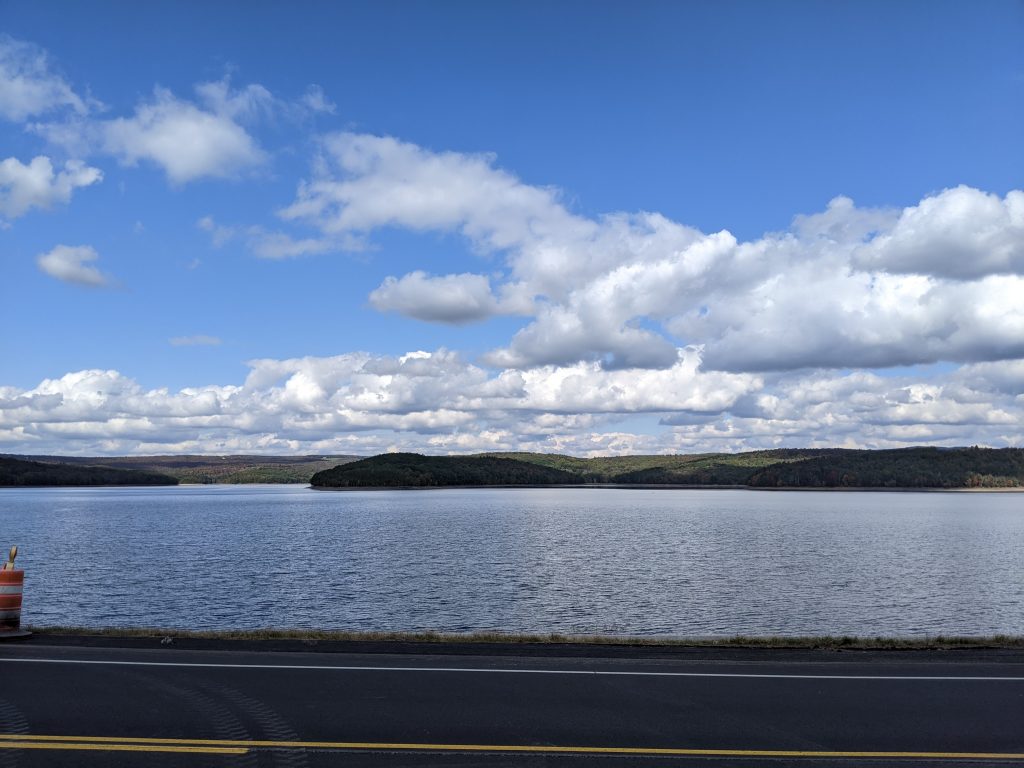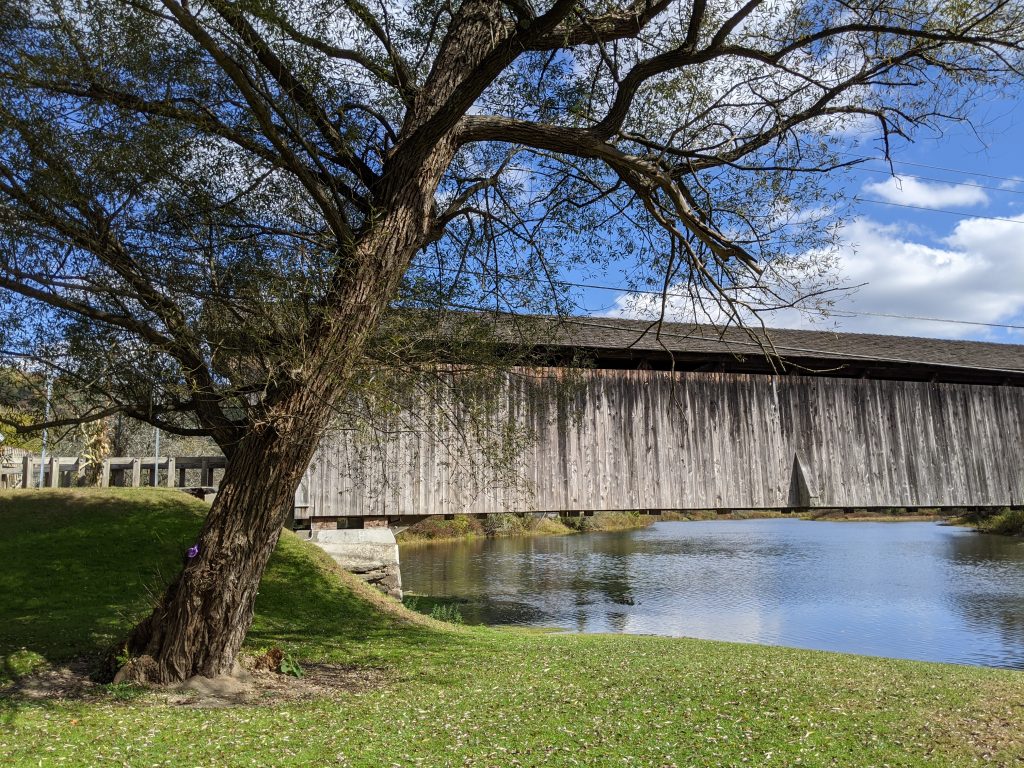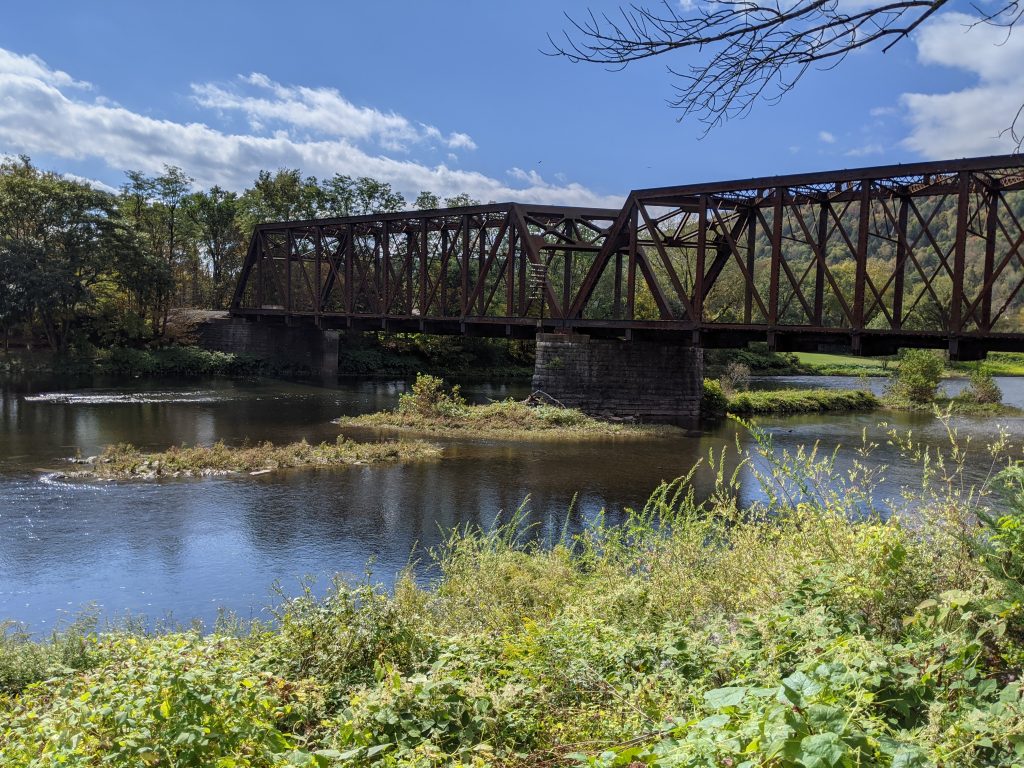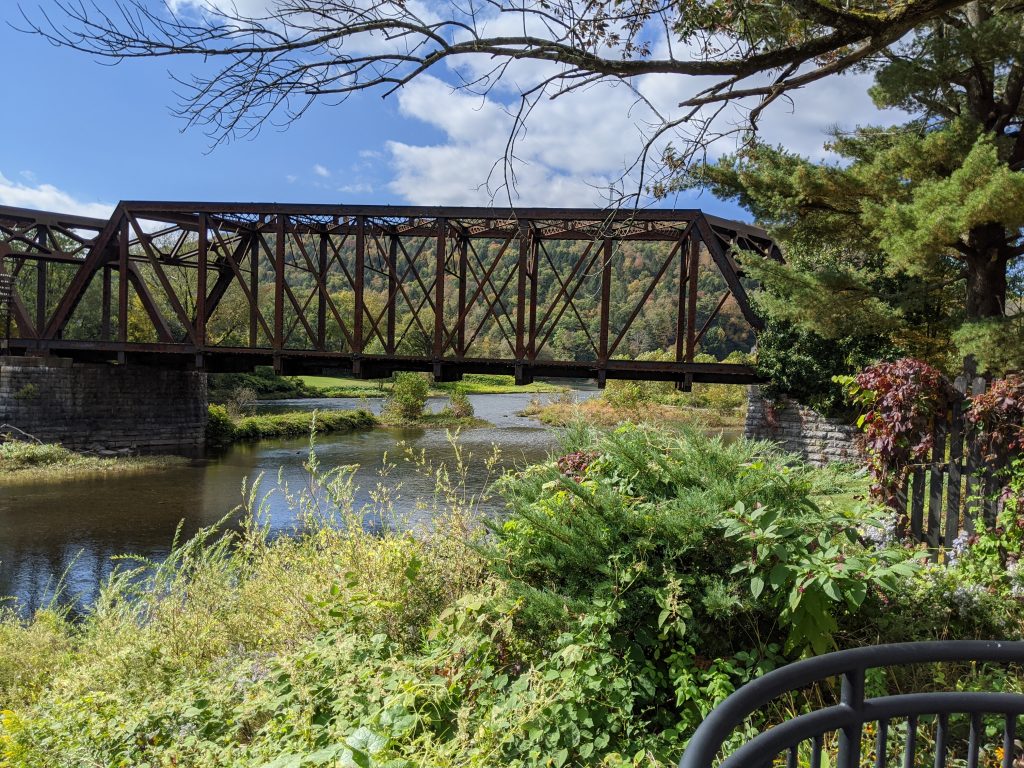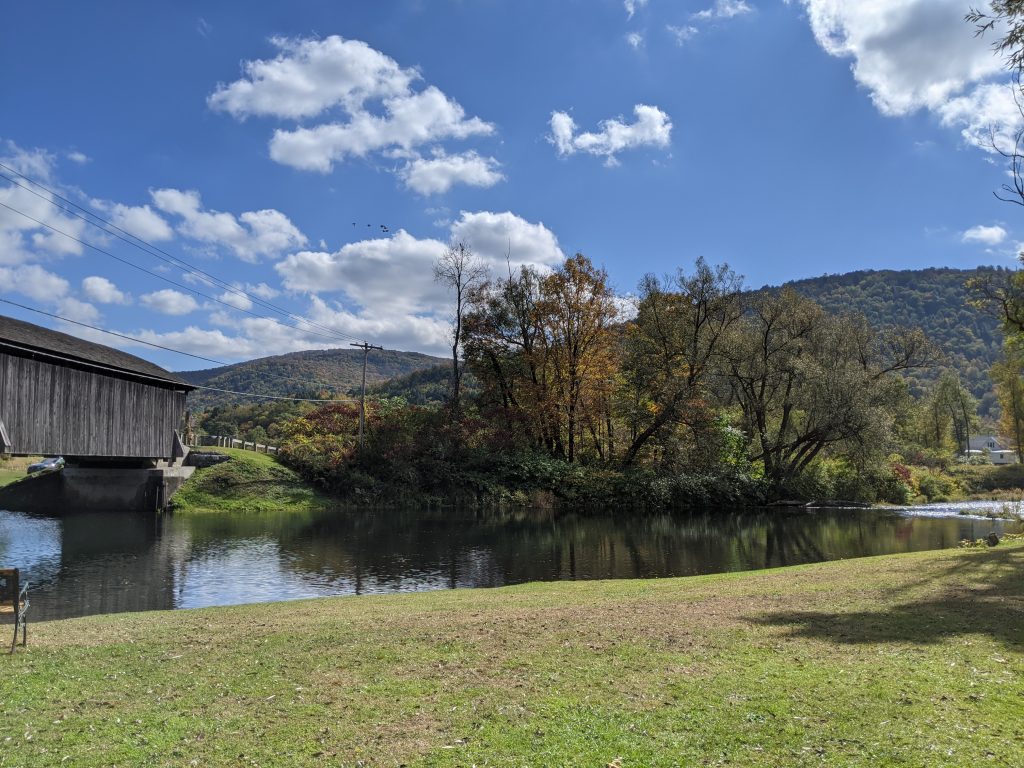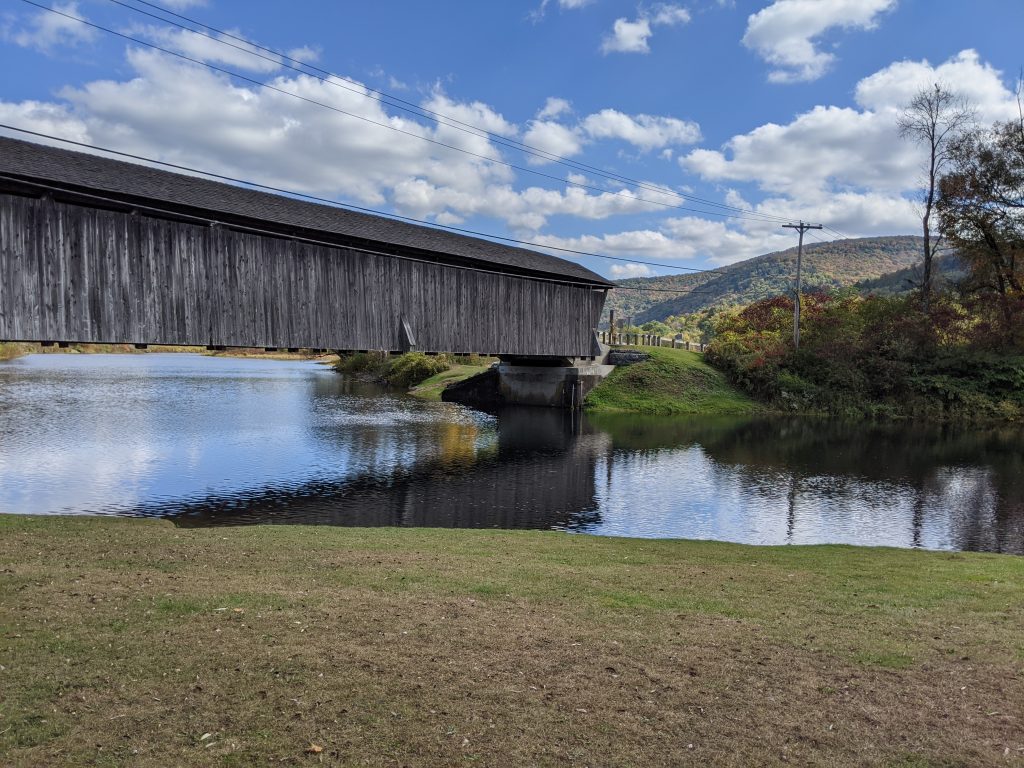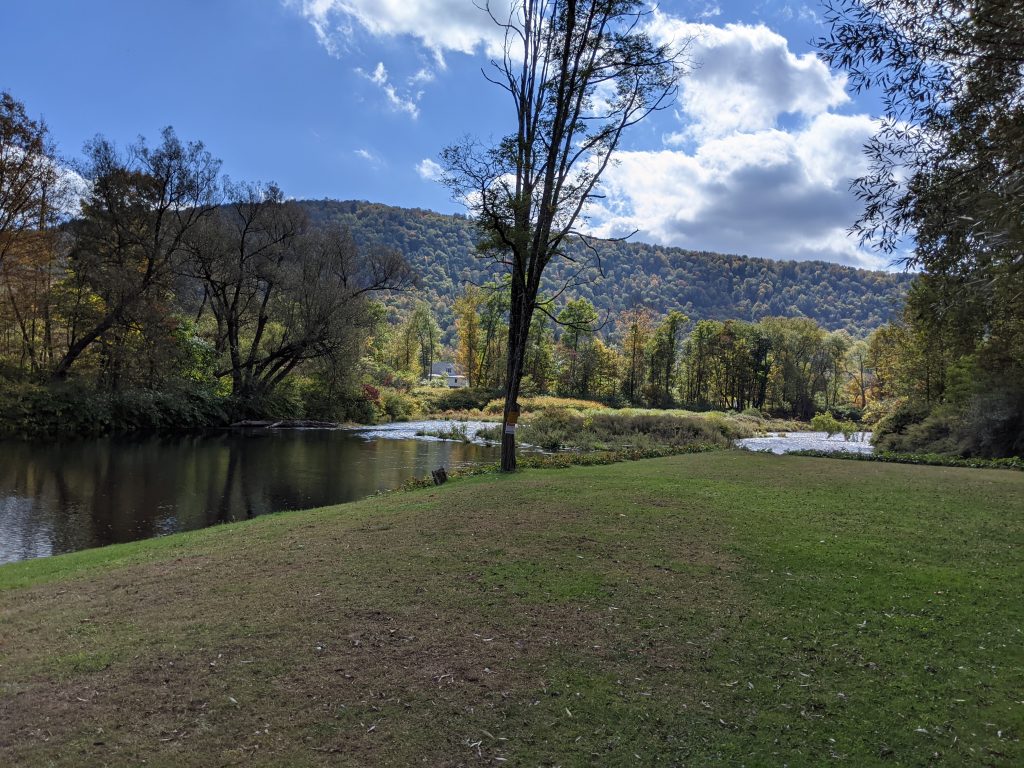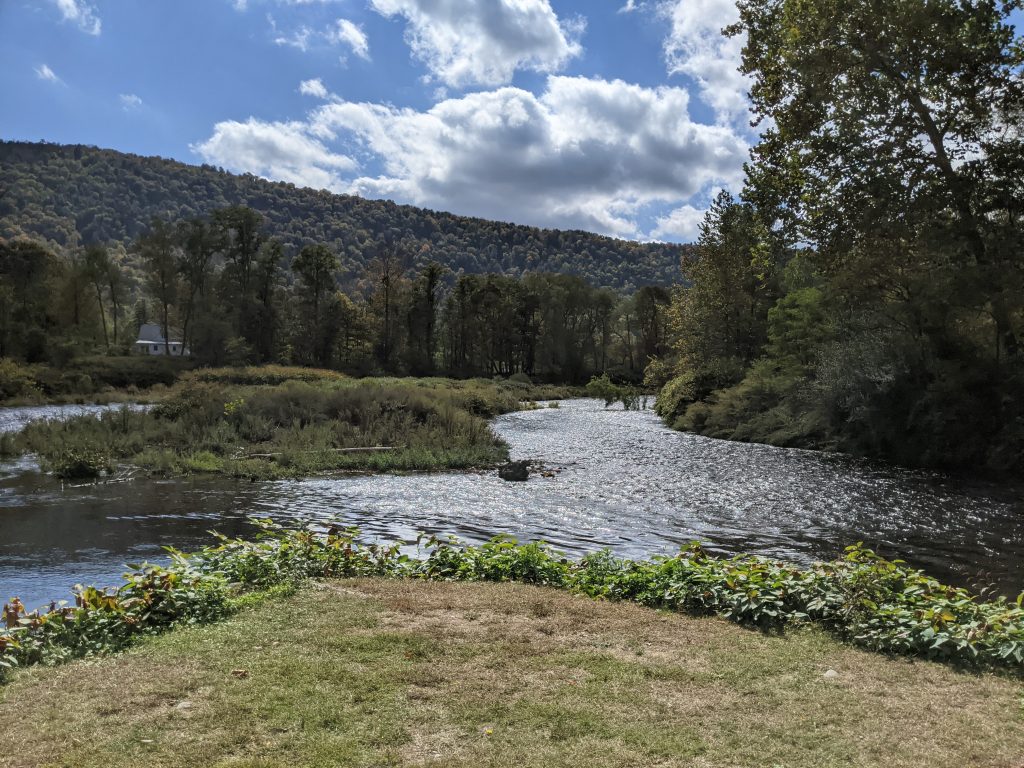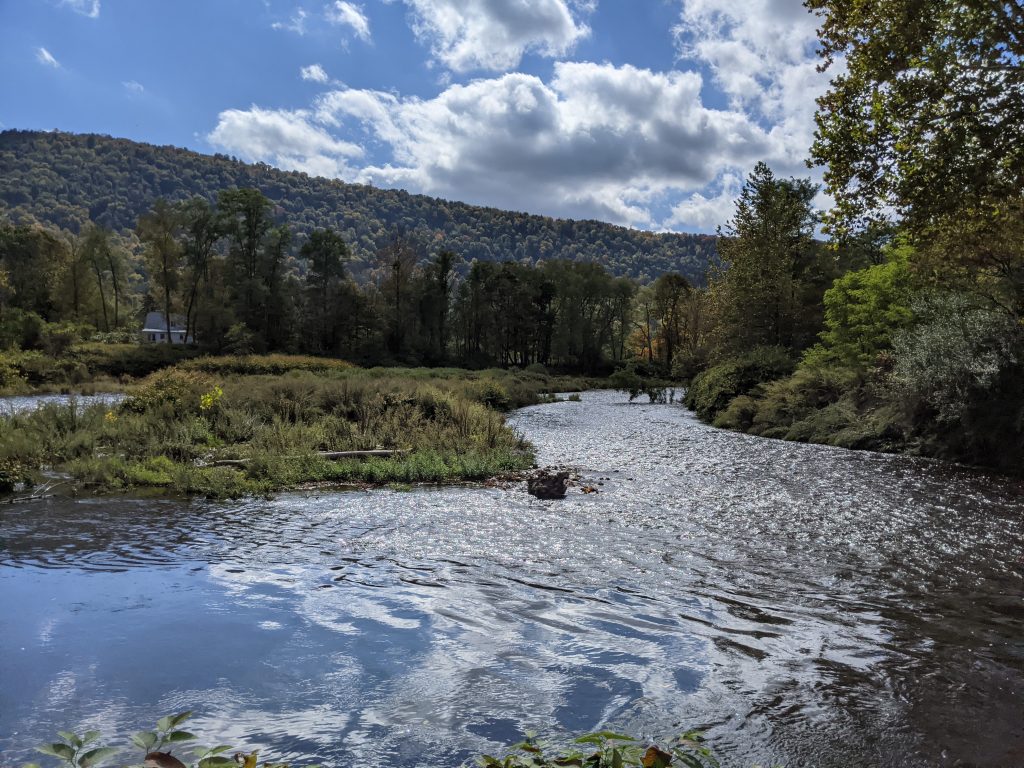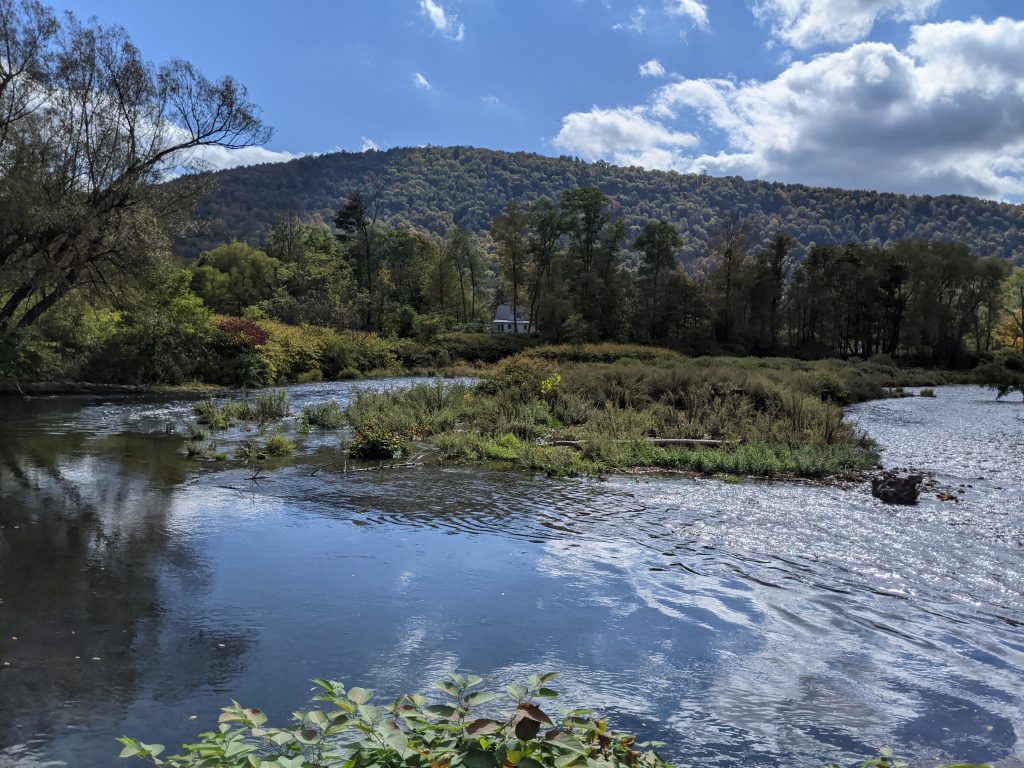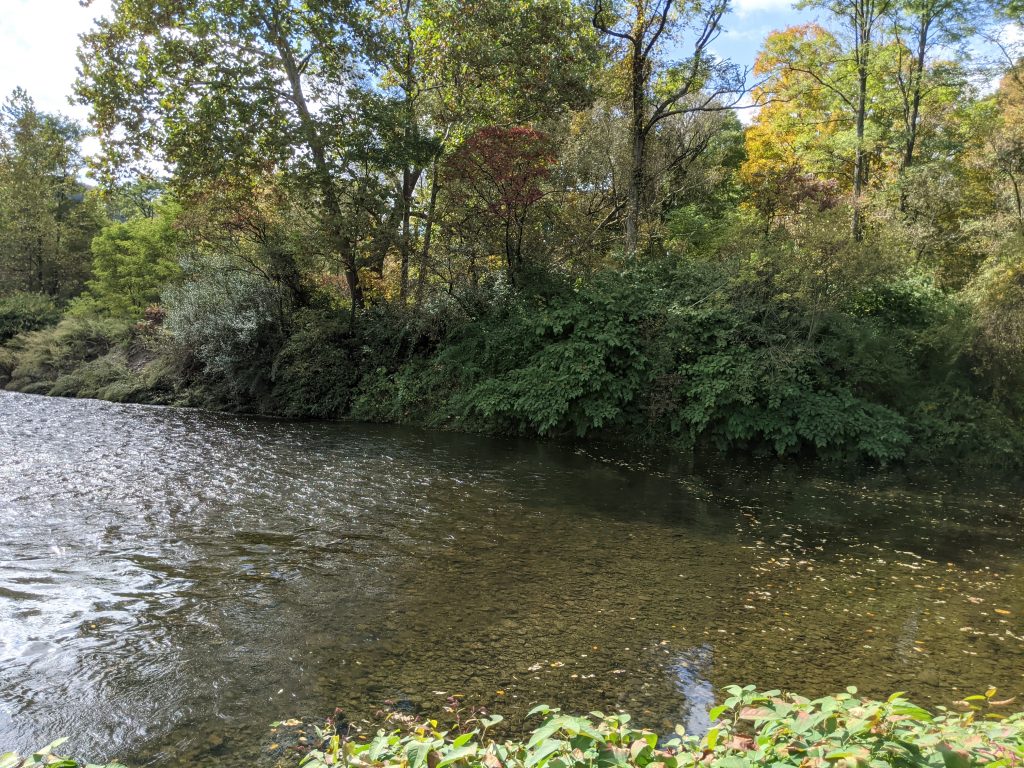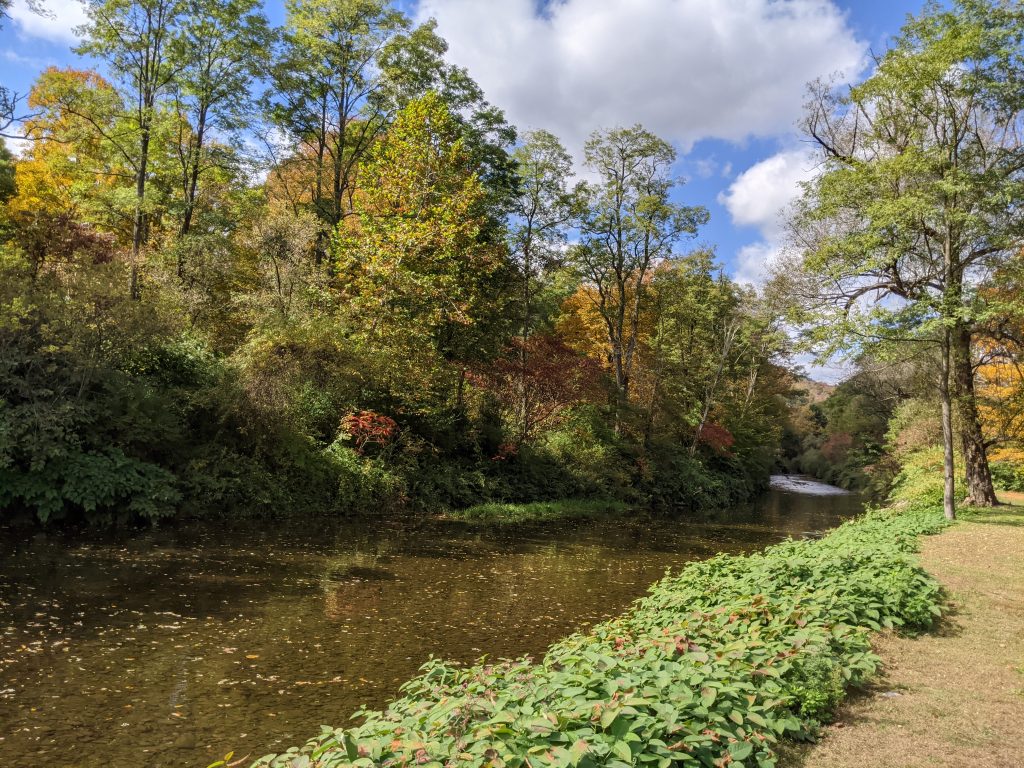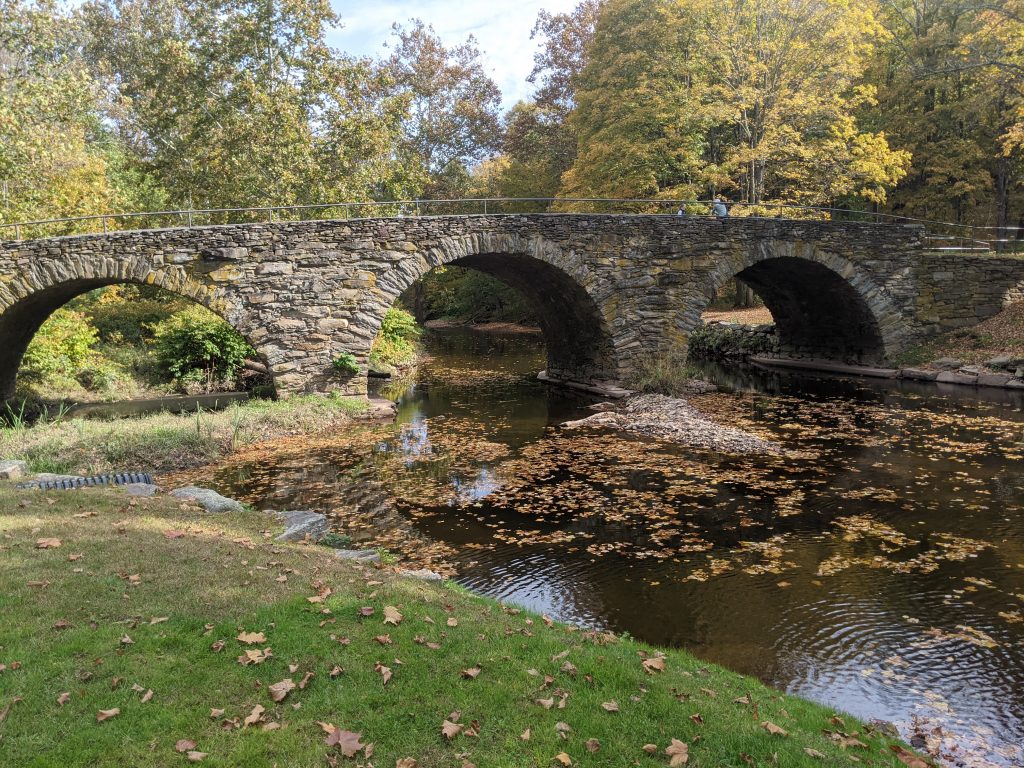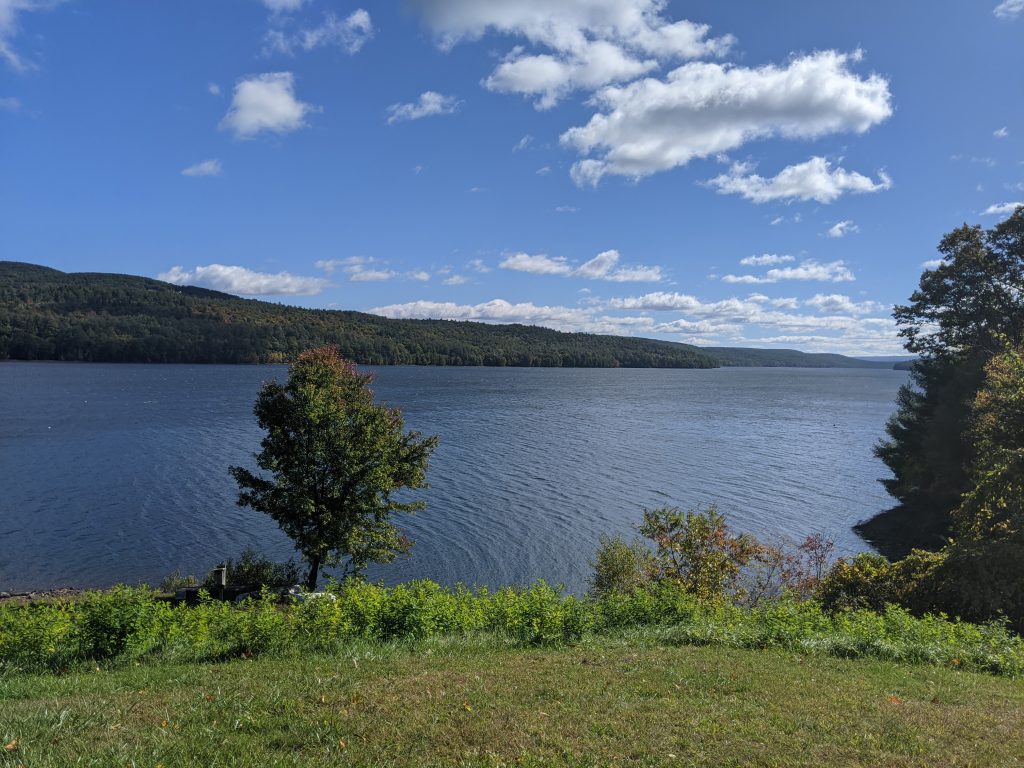Month: October 2020
MapFall Foliage Trip
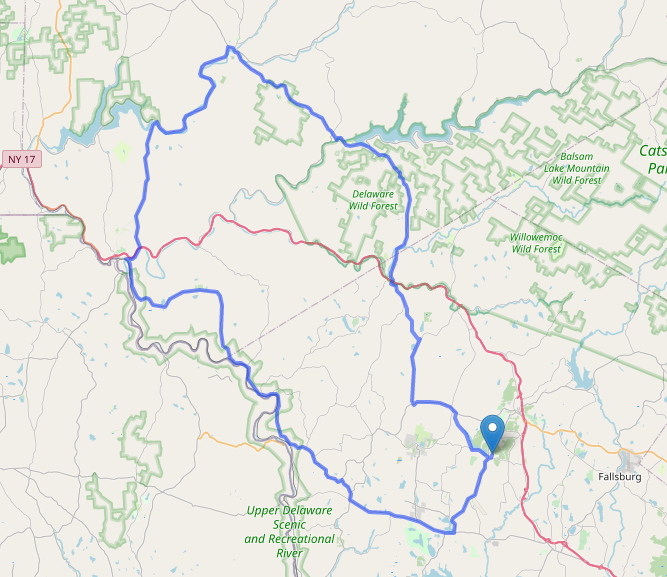
Today, I took a little fall foliage trip up to Delaware County. This complimented a previous, shorter trip to Calicoon and Narrowsburg and yesterday’s trip out to the Neversink Reservoir.
The trip took me down to Route 55, then to Route 17B, and on to Route 97 straight into Hancock. From Hancock, we took Route 268 to Route 10, to Route 206, to Downsville NY, then Route 206 back to Route 17(Future I-86)..but instead of getting back on, we took the scenic route around Swan Lake back to where we started.
Route 55 actually starts at Route 97 in Barryville, NY. The goal was to hug the water as much as possible, but taking 55 to its terminus with 97 would have taken me too far south. So, Route 55 to White Lake, NY where I turned onto Route 17B.
Route 17B runs from Monticello to Callicoon. At Callicoon, we joined Route 97, which runs mostly along the Delaware from Port Jervis to Hancock. So, a lot of this route included picking up or taking roads to their end. Route 97, which was designated as the Upper Delaware Scenic Byway by FDR, is where we pick up the Delaware River, and parallel it and the railroad tracks through Long Eddy before moving from Sullivan County into Delaware County.
Heading into Downtown Hancock, we stopped for a scenic overlook, then turned onto Route 268, which starts in Hancock and runs along and then over the Cannonsville Reservoir. The Cannonsville Reservoir is the westernmost and the newest of New York City’s reservoirs, placed into service in 1964. Cannonsville itself ceased to exist as a result.
Route 268 ends at Route 10, which starts 20 miles away in Deposit, which was a potential part of this route and may be the location of a future trip.
NY Route 10 continues from the reservoir to Walton NY, once again on the banks of the Delaware where it meets up with Route 206, which we took to its terminus in Roscoe, NY with Route 17(Future I-86).
Route 206 after Walton crosses the West Branch of the Delaware River and heads toward Downsville. We stopped at the Downsville Covered Bridge, built 1854, for a photo op, then returned to Route 206 past the Pepacton Reservoir which was completed in 1955.
Both Cannonsville and Pepacton empty into the Rondout Reservoir, as does the Neversink Reservoir I visited yesterday. The three reservoirs I visited collect here before headed to New York City via the Delaware Aqueduct, the newest of the three aqueducts that from the NYC water system and provide 50% of NYC’s water supply.
After the reservoir, we continued on Route 206 across the Beaver Kill en route back, passing through Roscoe…Trouttown USA….a mecca for fly fisherman, including Donald Trump Jr(who I have not seen there, nor am I interested in seeing).
All in all, the trip took 3 hours of driving.
Fall Foliage Part 2
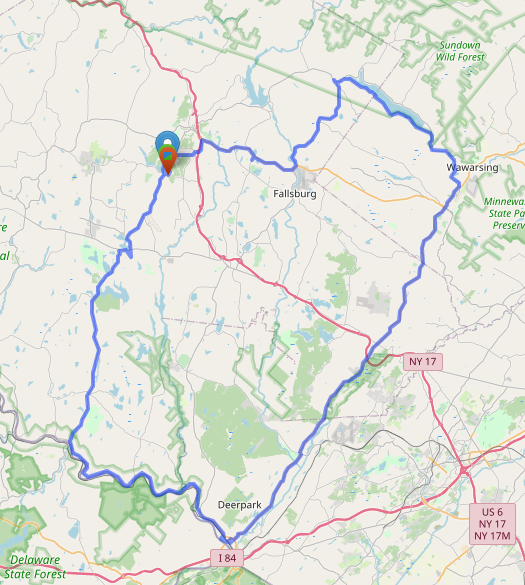
On Thursday, continued with the drive, taking another wide loop through Sullivan, Orange, and Ulster counties, completing a circuit of the Delaware Aqueduct reservoirs.
We took off through the village of Liberty, routing on Route 52 and Route 42 via Loch Sheldrake to Grahamsville, NY.
Loch Sheldrake was the site of Brown’s Hotel, which I stayed at as a kid. The resort hotels of the Catskills are a topic I could cover in a lot more detail, as it is a unique but also sad story. The Brown’s closed in the late 80s. It was converted into condos in the late 90s, and burned down in 2012.
The southern segment of Route 42 terminates at Route 55 near the Rondout Reservois, however, it used to continue north past this point. There is a portion of Route 42 further north that is no longer connected to the main southern segment.
Grahamsville NY is the site of the Little World’s Fair, the longest running independent fair in the state of New York, having been held since 1878. In 2020, due to the pandemic, the fair was cancelled for the first time since 1928, when the bridge to the fairgrounds was washed out.
Route 55 from Grahamsville heads out along the southern shore of the Rondout Reservoir. Route 55A is a loop around the other side of the same reservoir, and may be included in a future short trip.
Leaving the reservoir area and crossing into Ulster County, we headed through to the village of Napanoch, where we headed onto US Route 209.
From Port Jervis to Kingston, Route 209 runs along the former route of the D&H Canal, which was built in the 19th century, linking the Delaware River at Port Jervis with the Hudson River at Kingston and allowing coal from Pennsylvania to reach New York City. Ultimately, the railroads caused it to be abandoned by the beginning of the 21st century. Various parts of the canal exist as parks and other scenic/historical sightseeing opportunities.
The journey on Route 209 took us through Ellenville, which is part of the Shawangunk Mountains Scenic Byway, which includes the next stretch of Route 209.
The road crosses back and forth between Sullivan and Ulster County. At Wurtsboro, it intersects with Route 17(Future I-86), and passes Wurtsboro Airport, believed to be the oldest operating glider airport in the country.
We continued through to Port Jervis, circling the city and passing the restored 1892 Erie Railroad Depot. We did not pass the Tri-States Monument, which marks the intersection nearby of New Jersey, New York, and Pennsylvania.
From Port Jervis, Route 97, which we took part of earlier in the week, begins and follows the path of the Delaware River, at many points a winding cliffside route that includes a beautiful view of the river. Taking this all the way to Barryville along the river, we meet up again with the start of Route 55, returning to origin.
For example, I’m no longer doing backward compatibility retrieval on posts using the older storage formats, which, looking at older posts, means that some things are not displaying. I have been restoring the information to the posts by manually reparsing it, but I may have to release a version to do so automatically, as no one wants to go through old posts.
Fortunately, I don’t have that many, but I do need to make sure those who posted more aren’t subject to the same problem.
